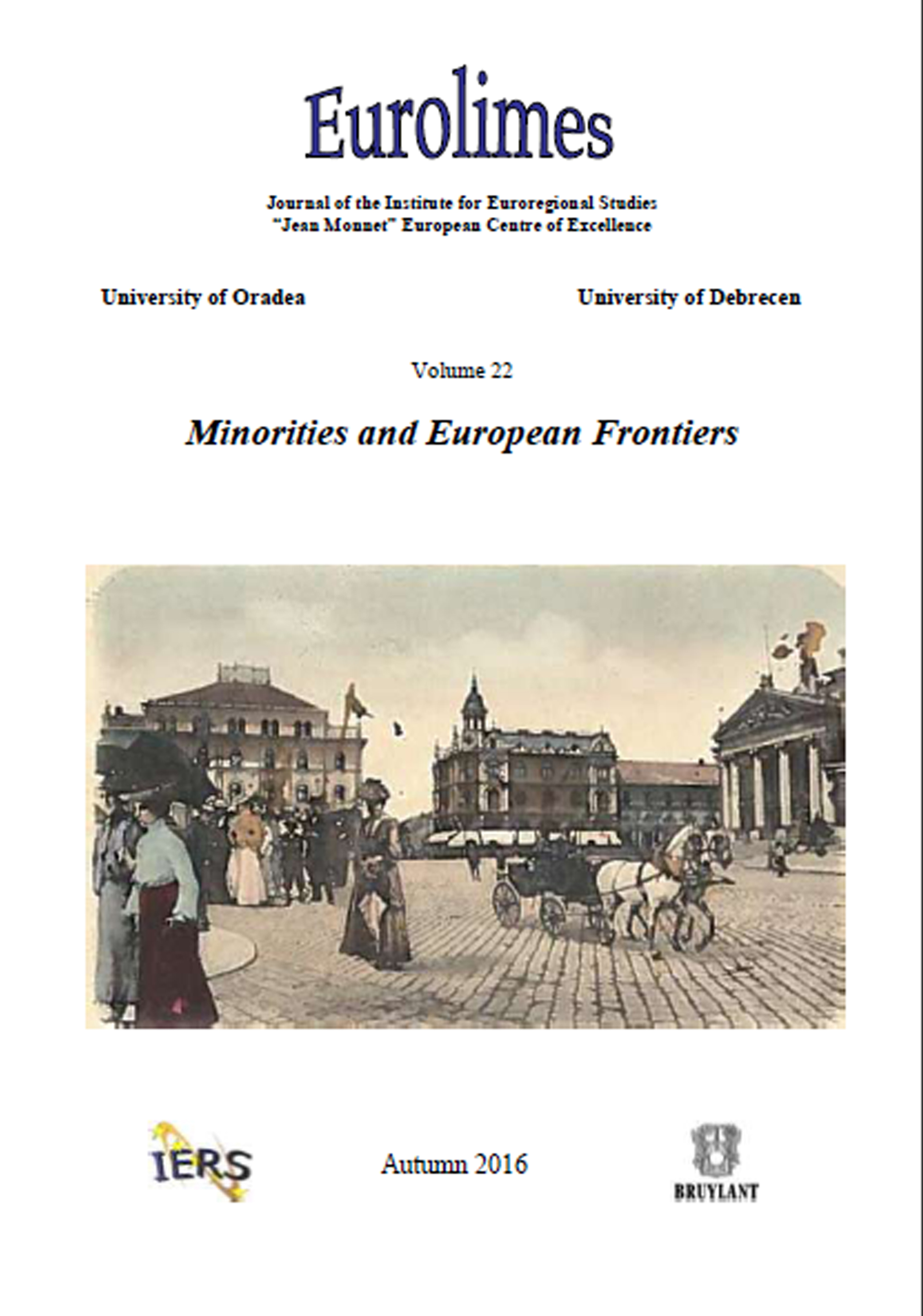Development of Human Resources in the Hungarian – Romanian Border Region with Special Regard to the Social and Economic Integration of the Roma Population
Development of Human Resources in the Hungarian – Romanian Border Region with Special Regard to the Social and Economic Integration of the Roma Population
Author(s): Tibor KótiSubject(s): Politics / Political Sciences
Published by: Editura Universitatii din Oradea
Keywords: Roma; integration; education; human resources; Hungarian-Romanian border region
Summary/Abstract: In this paper the social geographic analysis of the Roma minority living in the vicinity of the Hungarian – Romanian border in the North Trans Tisza region (Szabolcs–Szatmár–Bereg county, Hajdú–Bihar county) is presented regarding human resources development. Studying the spatial structure of Hungary it can be stated that Roma people live in significant numbers in the studied two counties therefore the development of their border regions is essential. The different groups of Roma people are on different levels of integration that presents higher challenge for those living in settlements along the border. In this paper the results related to segments associated closely with human resources development, i.e. the demographic, education and labour market situation of Roma people living along the Hungarian-Romanian border are presented. Activating the human resources “reserve” in border regions in Hungary (especially in the North Trans Tisza region) has become a national issue. Within a few decades a significant portion of the ageing majority will be in pensioner age while a significant rate – almost half – of the working age group will be Roma people. Therefore it is highly important whether this working age group lives on aids and benefits or contributes to the prosperity of Hungary as active members of the society.
Journal: Eurolimes
- Issue Year: 2016
- Issue No: 22
- Page Range: 53-62
- Page Count: 9
- Language: English
- Content File-PDF

